Horror literature has always held a unique fascination for readers, weaving tales of the macabre, the supernatural, and the terrifying.
The world of literature has long been a place where our deepest fears and darkest imaginings take shape, inviting us to confront the terrors that lurk in the shadows of our collective consciousness.
It is a realm where authors wield words like incantations, conjuring spine-chilling tales that resonate across generations.
Within this realm, classic horror literature stands as a hallowed and enduring domain—a place where timeless tales of terror continue to captivate readers and inspire the creators of modern horror in its myriad forms.
Gothic Origins: The Birth of Horror
The Gothic genre, which emerged in the late 18th century, laid the groundwork for what we now recognize as horror literature.
This literary movement was characterized by its fascination with the mysterious, the supernatural, and the macabre.
The elements that define Gothic literature—dark and atmospheric settings, complex characters, and the exploration of human fears and desires—remain fundamental to modern horror.
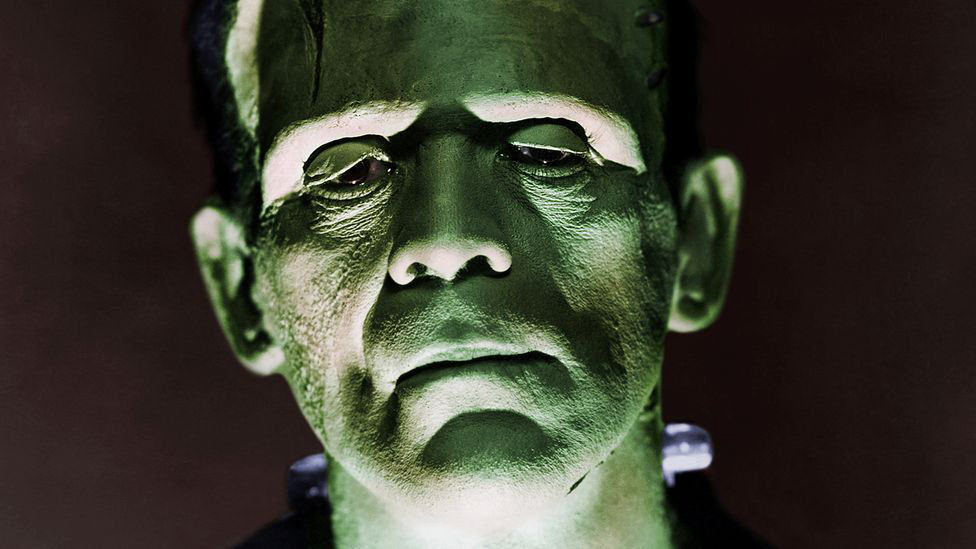
Mary Shelley’s Frankenstein stands as a seminal work in the horror genre.
The novel tells the story of Victor Frankenstein, a young scientist who creates a grotesque creature through a series of experiments.
Frankenstein warns of the dangers of unchecked scientific ambition.
Victor Frankenstein’s obsession with pushing the boundaries of knowledge and his desire to transcend human limitations lead to catastrophic consequences.
This theme of scientific hubris and its potential for destruction remains a central motif in contemporary horror, where we often see scientists tampering with the unknown with dire consequences.
Shelley’s novel introduces the concept of a man-made monster, a creature pieced together from human body parts.
This notion of creating monsters, whether through scientific experiments or supernatural means, has become a recurring theme in modern horror.
From zombies to artificial intelligence gone rogue, the idea of humanity inadvertently creating its own horrors continues to captivate audiences.
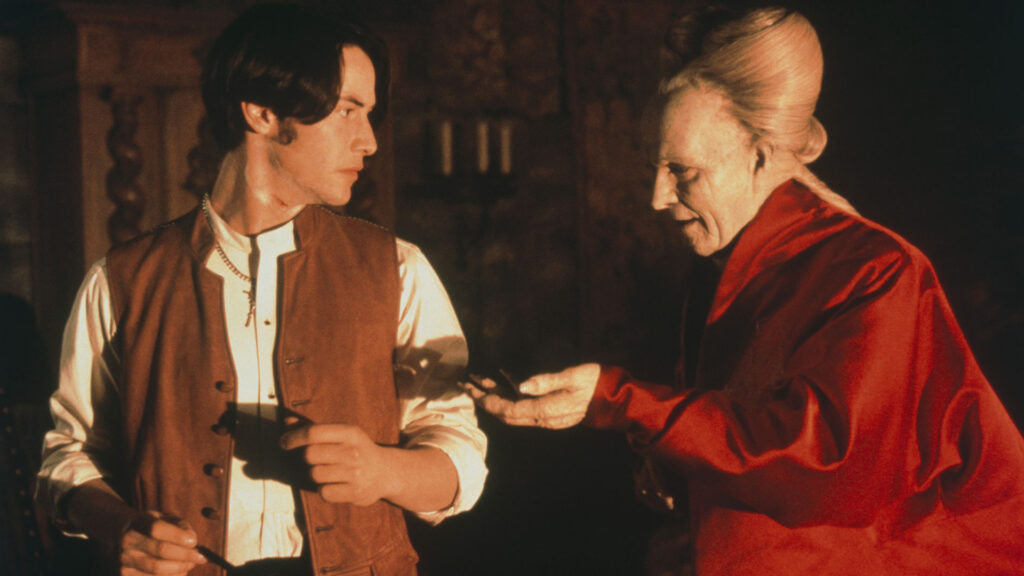
Bram Stoker’s Dracula is another cornerstone of classic horror literature.
The novel introduces Count Dracula, an immortal vampire who terrorizes London.
Stoker’s work contributes significantly to modern horror.
Dracula gave birth to the archetypal vampire figure, a character that has since become an enduring icon of horror.
The vampire, as depicted by Stoker, is charismatic, seductive, and predatory, preying on the blood of the living.
This iconic portrayal has influenced countless vampire stories, from Anne Rice’s Interview with the Vampire to the Twilight series.
Dracula delves into themes of sexuality and desire, presenting vampirism as a metaphor for forbidden or repressed desires.
This exploration of the darker aspects of human nature, particularly in the context of forbidden desires, continues to be a prevalent theme in modern horror.
Many contemporary horror works grapple with the human psyche’s hidden, unsettling facets.
Frankenstein and Dracula serve as the cornerstones of classic horror literature.
They not only defined the Gothic genre but also established enduring themes and motifs that continue to shape modern horror.
Edgar Allan Poe: Master of the Macabre
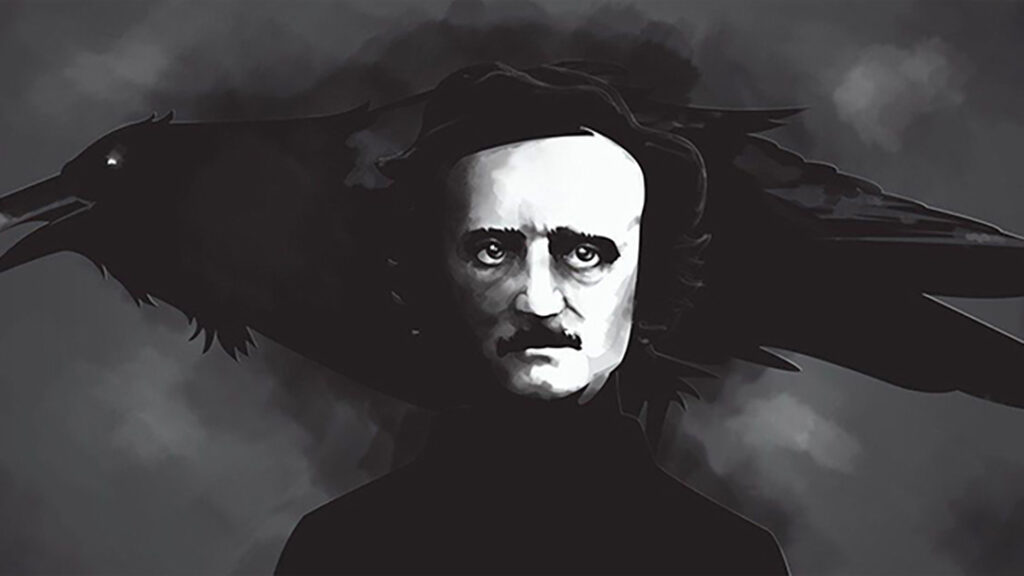
Edgar Allan Poe, often referred to as the master of macabre and the pioneer of psychological horror, crafted tales that continue to send shivers down the spines of readers and viewers alike.
Poe was a master at creating an atmospheric and foreboding setting that becomes an integral part of the story.
In The Fall of the House of Usher, for instance, the decaying mansion mirrors the mental state of its inhabitants, enhancing the overall sense of dread.
This skill in establishing an oppressive atmosphere remains a hallmark of psychological horror in the modern era.
Poe had an uncanny ability to sustain suspense throughout his narratives, keeping readers on the edge of their seats.
The Tell-Tale Heart is a prime example, as the narrator’s descent into madness and paranoia keeps readers guessing until the very end.
Modern horror writers and filmmakers often turn to Poe’s techniques to create tension and anxiety in their works.
Perhaps one of Poe’s most significant contributions to horror literature is his exploration of the human psyche.
His characters often grapple with inner demons, obsession, and madness. In The Tell-Tale Heart, the narrator’s guilt and deteriorating mental state are central to the story’s horror.
This theme focuses on the fragility of the human mind and continues to be a driving force in modern psychological horror.
Poe’s impact on modern horror literature cannot be overstated.
His mastery of psychological horror techniques has inspired countless contemporary authors to delve into the darker corners of the human experience.
Modern authors like Shirley Jackson, who wrote The Haunting of Hill House, and Thomas Harris, known for The Silence of the Lambs, drew inspiration from Poe’s focus on the intricacies of the human psyche.
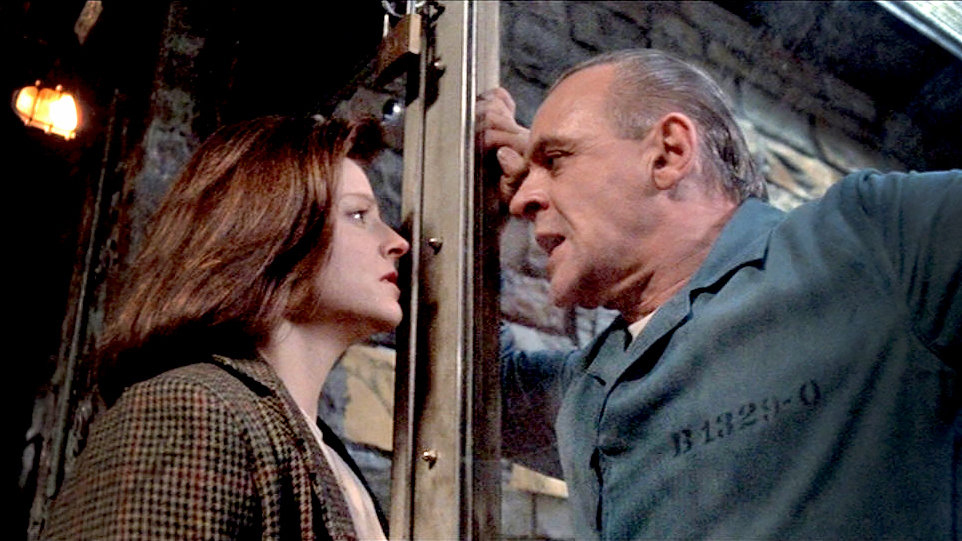
They explore the minds of their characters, often blurring the line between sanity and madness, creating a deep psychological resonance with readers.
Poe’s use of unreliable narrators, whose perspectives are tainted by their mental states, is a technique that many contemporary authors employ.
Gillian Flynn’s Gone Girl and Paula Hawkins’ The Girl on the Train both feature narrators whose grip on reality is questionable, much like Poe’s characters.
Poe’s impact extends beyond literature into the realm of cinema.
Filmmakers recognize the enduring power of his tales, and his works have been adapted into numerous movies and TV series. Some examples include:

In the 1960s, director Roger Corman made a series of successful adaptations of Poe’s works, including The Pit and the Pendulum and The Masque of the Red Death.
These films captured the dark, atmospheric essence of Poe’s stories and contributed to the visual language of horror cinema.
The “Master of Suspense,” Alfred Hitchcock, drew heavily from Poe’s emphasis on psychological tension and suspense in films like Psycho and Vertigo.

These films continue to be celebrated for their psychological horror elements.
H.P. Lovecraft: Cosmic Horror
H.P. Lovecraft, often regarded as one of the most influential figures in horror literature, introduced readers to a subgenre that would come to be known as cosmic horror.
Lovecraft’s stories often featured ancient, god-like beings that existed far beyond human understanding.
These cosmic entities, such as Cthulhu, Nyarlathotep, and Azathoth, were indifferent or even malevolent towards humanity, emphasizing the insignificance of human existence in the grand scheme of the universe.
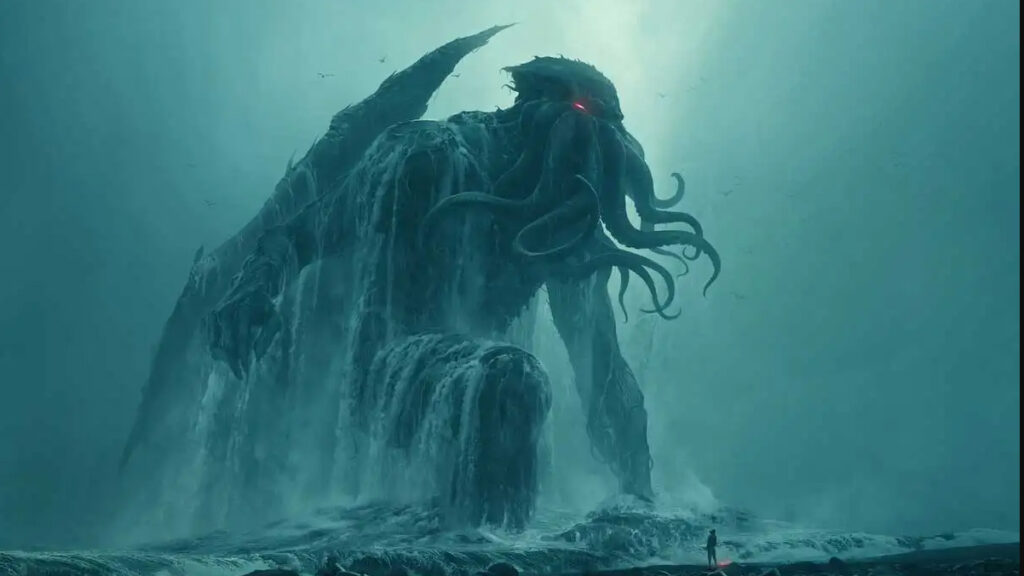
Lovecraft’s tales frequently explored themes of existential dread, where characters grappled with the horrifying realization that their knowledge of the cosmos led to madness and despair.
This sense of existential dread was a fundamental element of cosmic horror.
H.P. Lovecraft’s contributions to the horror genre have left an indelible mark, and his influence can be seen in various forms of modern media.
Stephen King, one of the most prolific contemporary horror writers, has openly acknowledged Lovecraft’s influence on his work.
In The Mist, King channels Lovecraftian themes of cosmic horror and existential dread.

The story revolves around a group of people trapped in a supermarket as otherworldly creatures from another dimension encroach upon their reality.
Like Lovecraft’s characters, King’s protagonists are forced to confront the incomprehensible and the terrifying, all while facing the collapse of their understanding of reality.
The popular video game series Bloodborne, developed by FromSoftware, draws heavily from Lovecraft’s themes.
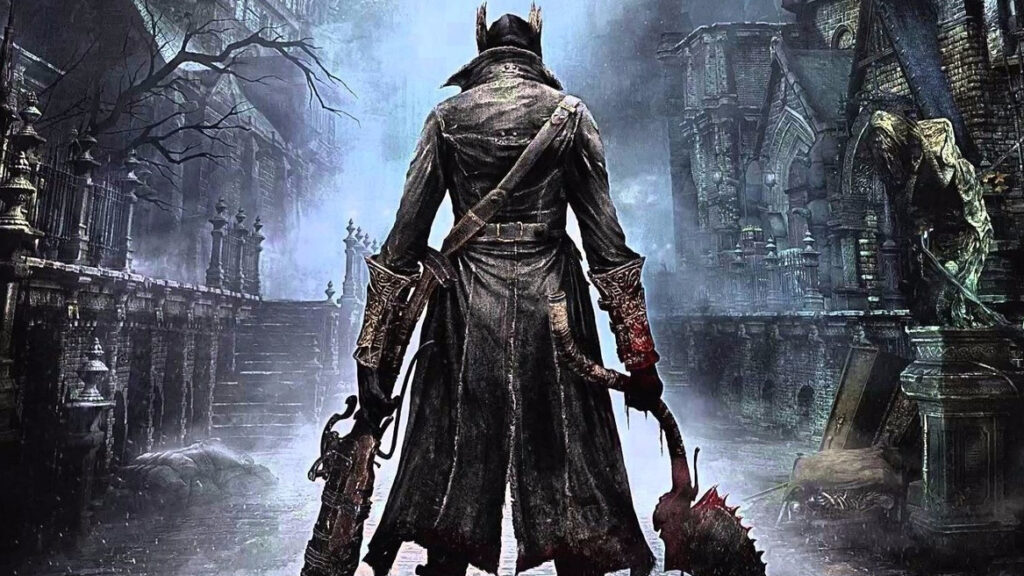
The game’s dark and mysterious world, filled with eldritch horrors, ancient cosmic entities, and a sense of creeping dread, pays homage to Lovecraft’s unique brand of horror.
Players are thrust into a world where they must confront the limits of human understanding as they battle grotesque and otherworldly creatures.
Beyond direct adaptations and inspirations, Lovecraft’s cosmic horror has had a lasting impact on the broader horror genre.
Numerous authors, including Clive Barker, Caitlín R. Kiernan, and Laird Barron, have embraced cosmic horror themes in their works.
They continue to explore the idea of humanity’s insignificance in the face of cosmic forces and the psychological toll it takes on their characters.
Movies like The Void and TV series like season one of True Detective have incorporated Lovecraftian elements into their narratives, showcasing the enduring appeal of cosmic horror onscreen.
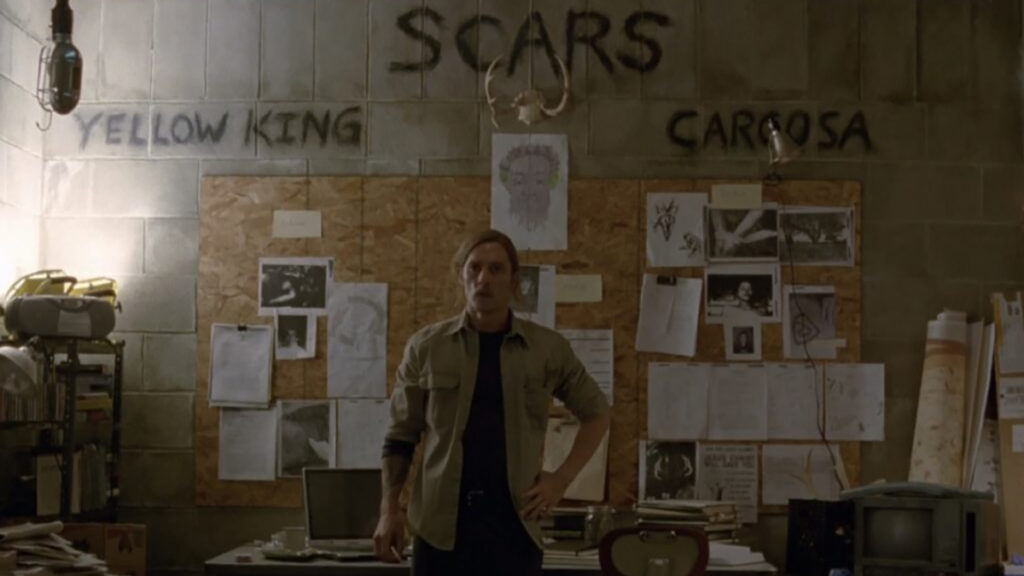
Lovecraft’s creation of the Cthulhu Mythos and his development of the cosmic horror subgenre have definitely left an indelible mark on modern horror.
Modern Adaptations: From Page to Screen
The influence of classic horror literature extends far beyond the written word, and the adaptation of these timeless tales into movies and television series has been instrumental in bringing the genre to life for a wider audience.
Perhaps one of the most iconic horror film adaptations, Stanley Kubrick’s The Shining took Stephen King’s novel and transformed it into a cinematic masterpiece.
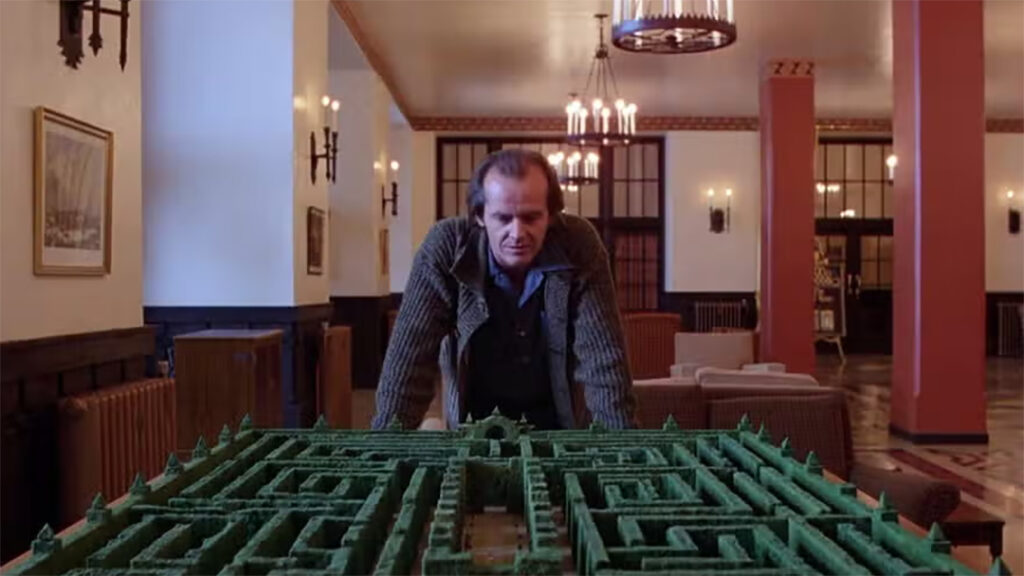
While the film deviates from the source material in significant ways, it retains the core elements of isolation, psychological horror, and the malevolent influence of the Overlook Hotel.
Kubrick’s adaptation is renowned for its unsettling atmosphere, memorable imagery, and Jack Nicholson’s chilling performance as Jack Torrance.
The Shining set a high standard for psychological horror in film, influencing generations of filmmakers.
Its use of suspense, surrealism, and psychological torment has been emulated in countless horror movies, making it a touchstone for the genre.
Shirley Jackson’s The Haunting of Hill House received a modern reimagining in the form of a Netflix series.
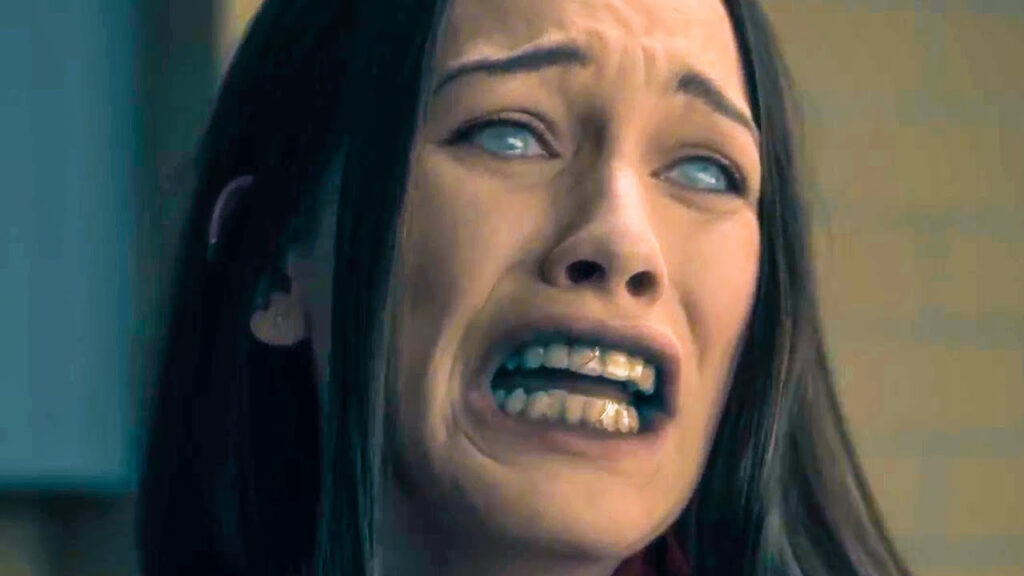
While the show updates the story to a contemporary setting and introduces new characters and subplots, it remains faithful to the novel’s central theme of the haunted house and the psychological trauma experienced by its inhabitants.
The show’s creators paid homage to Jackson’s original work by weaving intricate family dynamics and exploring the psychological toll of fear and trauma.
The Haunting of Hill House not only honored Jackson’s source material but also revitalized classic horror themes for a new generation.
Its intricate storytelling and character development breathed fresh life into the haunted house subgenre while maintaining the essence of psychological horror.
These adaptations demonstrate the enduring appeal of classic horror literature and its ability to resonate with contemporary audiences.
They serve as examples of how reinterpretations can reimagine and rejuvenate classic tales while preserving their core themes:
Modern adaptations often update settings and themes to reflect current societal concerns and technologies.
This allows classic stories to remain relevant and relatable to contemporary audiences.
Adaptations frequently delve deeper into the psychology and motivations of characters, adding layers of complexity to the narratives.
This character-driven approach enhances the emotional impact of the stories.
Film and television adaptations have the advantage of visual storytelling, allowing them to create striking imagery and atmosphere that can enhance the horror experience.
These adaptations use cinematography, sound design, and visual effects to craft memorable, terrifying moments.
The adaptation of classic horror literature into movies and television series is a testament to the enduring power of these stories.
Through reinterpretation and reimagining, filmmakers breathe new life into classic tales while preserving their core themes, ensuring that the legacy of classic horror continues to terrify and captivate audiences across generations.
Contemporary Voices: Carrying the Torch
Neil Gaiman is a renowned author known for his ability to blend elements of fantasy, horror, and the macabre.
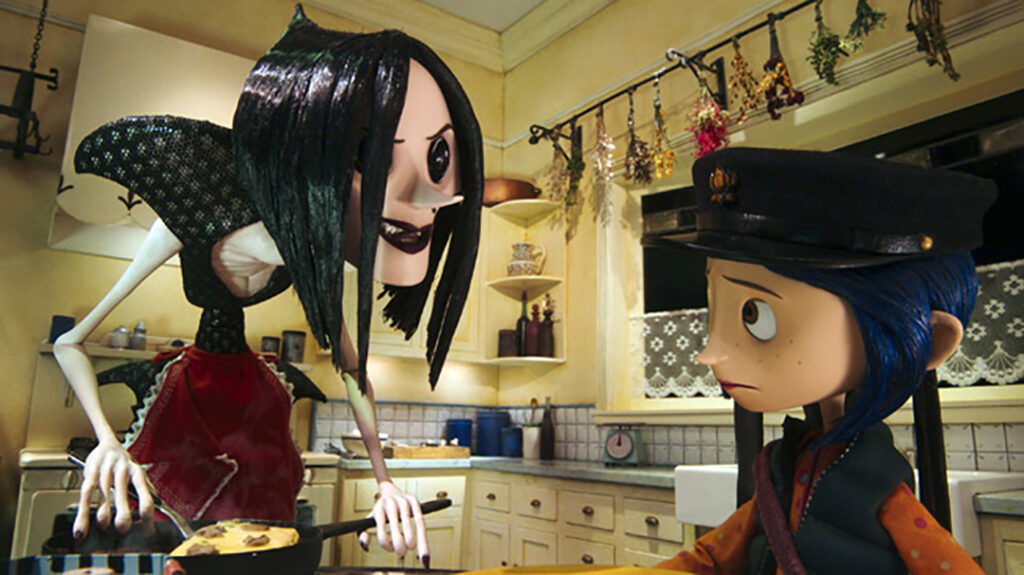
In Coraline, he pays homage to classic gothic tales while crafting a story uniquely his own.
The novel introduces readers to Coraline Jones, a young girl who discovers a mysterious doorway to a parallel world that initially seems idyllic but quickly turns sinister.
Coraline channels the eerie atmosphere characteristic of classic gothic tales, where the ordinary becomes unsettling, and the familiar transforms into the uncanny.
Gaiman masterfully creates a sense of foreboding, with the parallel world mirroring Coraline’s reality but with disturbing differences.
Like many gothic works, Coraline delves into the theme of duality.
Coraline confronts a twisted version of her own life, where her Other Mother and Other Father have sinister intentions.
Gaiman explores the idea of the double, a common motif in gothic literature, where characters confront their own dark reflections.
Gillian Flynn is known for her psychological thrillers that often delve into the darkest aspects of human nature.
Gone Girl is a prime example of her work, which explores the complexities of relationships and the deceptions that lurk beneath the surface.
In Gone Girl, Flynn skillfully unravels the dark secrets and intricate layers of a marriage, creating a sense of psychological horror that is deeply unsettling.
The novel challenges the notion of trust and explores the capacity for deception and manipulation within intimate relationships, themes that echo the psychological horror found in classic works like Edgar Allan Poe’s tales of unreliable narrators.
Josh Malerman takes inspiration from the Lovecraftian tradition of cosmic horror in his novel Bird Box, but he adds a modern twist to the genre.
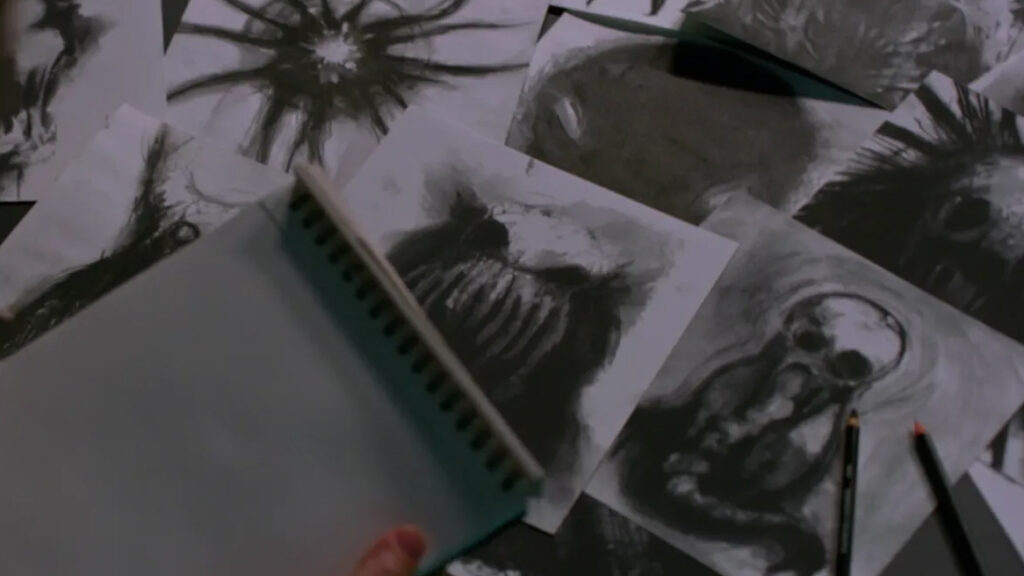
Bird Box evokes Lovecraftian dread by introducing an unknown and incomprehensible force that drives people to madness when seen.
The story is set in a post-apocalyptic world where survivors must navigate their surroundings blindfolded to avoid encountering this malevolent force.
This concept of facing the unknown and the fear of what lies beyond human understanding is a central theme in Lovecraft’s works.
Similar to Lovecraft’s protagonists, the characters in Bird Box grapple with the psychological strain of living in a world where the very act of seeing can be deadly.
The novel explores the fragility of the human mind when confronted with the unknowable.
Contemporary horror authors like Neil Gaiman, Gillian Flynn, and Josh Malerman continue to draw from classic horror literature, infusing their works with elements that pay homage to the genre’s rich history while adding their unique perspectives.
Conclusion
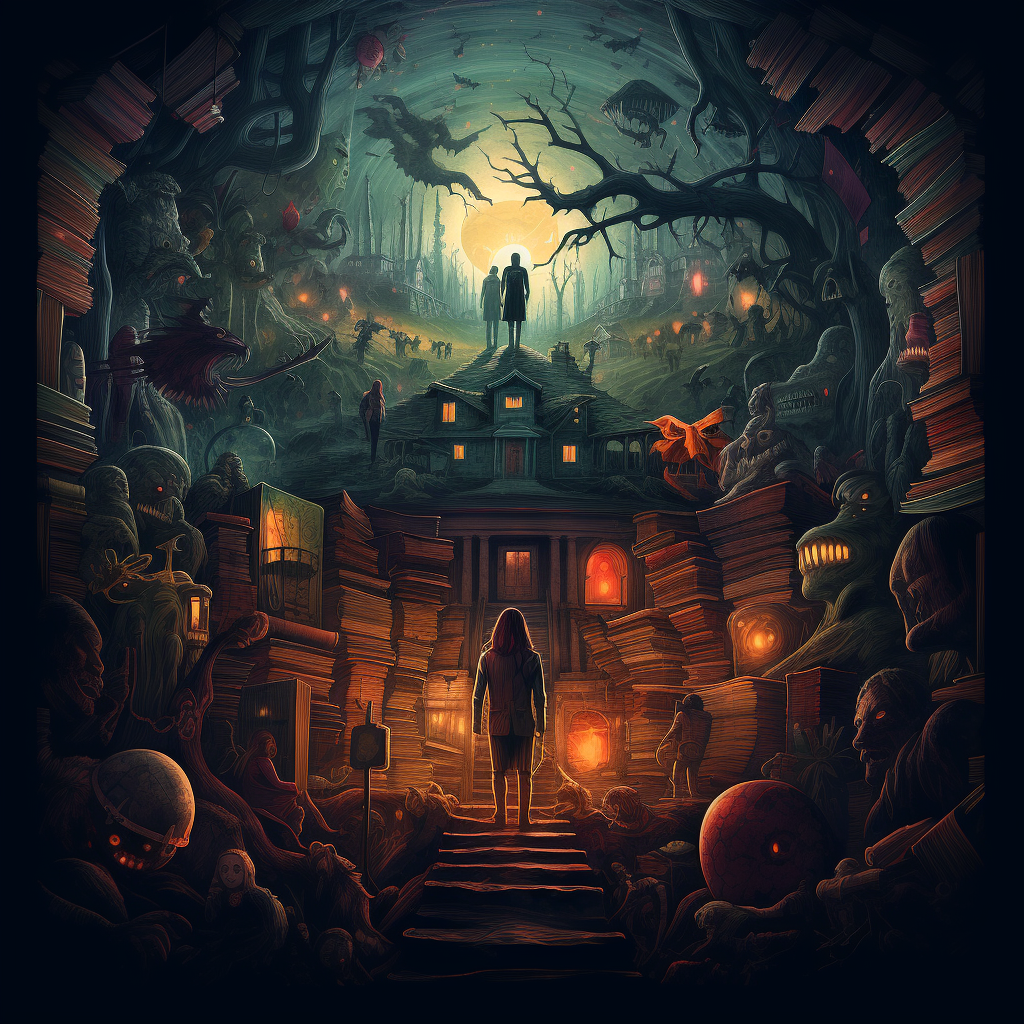
Classic horror literature, with its roots in the Gothic tradition, has given birth to monsters that still haunt our nightmares, explored the depths of human darkness, and dared to gaze into the abyss of the cosmic unknown.
These timeless tales have proven to be fertile ground for modern horror, serving as a wellspring of inspiration for authors, filmmakers, and creators in every medium.
These tales, rooted in the past, continue to shape our understanding of fear, serving as a reminder that, in the darkness, we find not only terror but also the profound and eternal fascination of the unknown.

